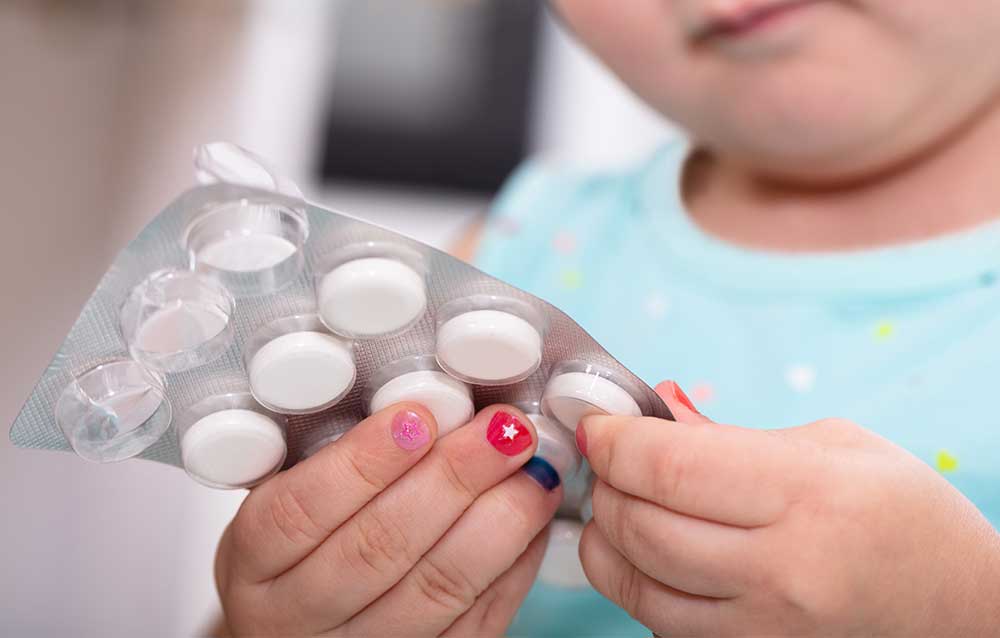How Pharma Packaging Influences Drug Stability and Safety
Pharma
April 8, 2025Reading time: 2 minutes

The pharmaceutical industry carries enormous responsibilities. The medications and supplements pharmaceutical companies manufacture are distributed to end users who cannot have their health jeopardized by defective products.
There are stringent Food and Drug Administration (FDA) regulations under the Code of Federal Regulations (21 CFR). The mandates expressly define good manufacturing practices for the safe production of prescription and over-the-counter (OTC) drugs.
The 21 CFR regulations also expressly address pharmaceutical packaging and labeling (21 CFR 211G). Why? The role of drug packaging material on pharmaceutical product stability is inextricably linked to drug and, ultimately, end-user safety.
What Pharma Packaging Should (and Shouldn’t) Do
The main objective of pharma packaging is to protect the medications or supplements it contains allowing accessibility at the time of consumption throughout the product's shelf life. Protection takes a couple of forms:
- minimizing the impact of moisture, light, and oxygen on drug efficacy and shelf life
- the physical protection of individual pills or capsules from breakage or other degradation that could alter accurate dosage forms
The stability aspects of packaging of pharmaceutical products correlate to both goals.
Conversely, pharma packaging must not adversely interact with the medication or supplement. Unintended reactions could cause the drug to leach chemicals from the packaging, or the packaging may absorb chemicals from the drug. Either result could contribute to drug instability and/or inefficacy.
Addressing Compliance Complexities
The FDA closely monitors the nuances of packaging materials, and requires pharma packaging suppliers to submit a drug master file that contains a list of all raw materials and formulations within the material. Any deviation from expected outcomes could complicate regulatory compliance for drug products and packaging alike.
Child safety is also a major compliance consideration. The goal of child-resistant packaging (C-R packaging) is to prevent accidental poisoning. C-R packaging requirements apply to prescription and certain OTC pharmaceutical products as defined in 16 CFR § 1700.14.
There are also U.S. Consumer Product Safety Commission directives around calculating a package’s failure value (or, F value). Failure values correlate to the number of individual doses of the drug that would be toxic to a 25-pound child. Product packaging design and materials selection is guided by F values. For example, lower F values require reinforced C-R packaging such as strip packs, blister packs, or containers with child-resistant closure systems.
The complexities of compliance require packaging suppliers to have technical knowledge that reaches into all aspects of pharma packaging solutions. Further, a pharma packager’s experience and expertise is critical in verifying the stability aspects of packaging of pharmaceutical products.
The Benefits of Collaborative R&D
The supplier’s R&D data, comprehensive testing, and in-depth materials knowledge are valuable assets for pharmaceutical manufacturers. The information identifies potential issues to be resolved before the manufacturer undertakes formal and often lengthy FDA-required stability testing.
Therefore, the relationship between a pharma manufacturer and a packaging partner must be synergistic. Leveraging the combined knowledge bases empowers decision making about the packaging solution that consistently maintains product integrity. Likewise, manufacturers can be confident in the supplier’s ability to deliver packaging that meets stability and safety specifications.
Pharmaceutical manufacturers are entrusted with public health. End users rely on the safety, stability, and unit dose accuracy of prescriptions and OTC drugs.
Manufacturing products to specifications is only part of the process. Pharma packaging can significantly influence outcomes. Experienced packaging suppliers such as Amcor understand there are no compromises in seeking the best solution.
Learn more about the experience, robust technical expertise, and focused attention to detail Amcor brings to every pharma project in our guide, Exploring Pharmaceutical Blister Packaging Opening Features.

